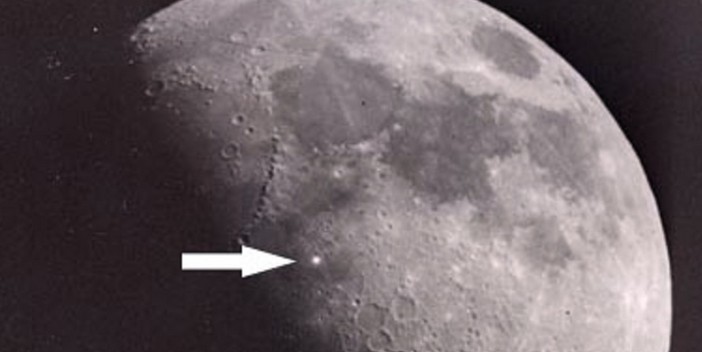Why in the News
India stands at a demographic crossroads. According to the Periodic Labour Force Survey (PLFS) 2020–21, nearly 29% of India’s population are migrants, with 89% hailing from rural areas. Over half of these migrants are aged 15–25, indicating that the nation’s most productive youth are leaving villages in search of livelihood. This is a turning point in India’s development trajectory, education, once seen as a ladder out of poverty, has lost its power to insulate youth from migration pressures. The mismatch between education and employment, coupled with the pandemic-driven reverse migration, has sparked urgent questions: Can India reimagine rural education and economies to retain its young talent?
Introduction
Migration has long shaped India’s economic and social fabric. But what was once seen as a path to progress is now exposing deep cracks in India’s development model. The migration of rural youth to urban centres reflects unmet aspirations, inadequate rural opportunities, and disillusionment with the promise of education.
The Covid-19 pandemic acted as a brutal reminder, as nearly 40 million workers were forced to return home during the first lockdown. It exposed the vulnerability of India’s informal urban workforce and, simultaneously, revealed the untapped potential of rural revitalization.
Rethinking the Roots of Migration
- Structural Imbalance: Migration is not purely about aspiration; it arises from rural distress and uneven regional development.
- Labour Force Data: PLFS data shows rural India continues to be the main supplier of labour, not a site of dignified livelihood.
- Educational Mismatch: Graduates are increasingly unemployed, revealing a disconnect between degrees and employable skills.
Why is Education Failing to Prevent Migration?
- Broken Linkage: Education no longer guarantees employment. Youth with degrees often find no dignified jobs in their hometowns.
- Graduate Unemployment: India’s expansion of higher education hasn’t translated into job creation, instead, it has produced educated unemployment.
- Informal Urban Absorption: About 49% of youth migrants work as daily wage labourers and 39% as industrial workers, mostly on temporary contracts.
- Gender Disparity: While 86.8% of women migrate for marriage, most men migrate for work, reflecting limited female labour participation despite mobility.
Pandemic: A Mirror to Rural Vulnerabilities
- Mass Exodus: Nearly 40 million workers returned home in 2020 (RBI, 2020), exposing the fragility of India’s urban informal economy.
- Urban Fragility: Cities like Delhi, Mumbai, and Bengaluru struggle with slums, pollution, waste, and overcrowding.
- Gendered Impact: Young women were more likely to lose jobs and slower to regain them (ILO, 2021), deepening gender inequality.
Reverse Migration: Stories of Hope and Resilience
- Agricultural Revival: Agriculture showed unexpected resilience, with a 39% increase in sown area in 2020 as returning workers revived farmlands.
- Success Stories:
- Balaram Mahadev Bandagale (Raigad, Maharashtra) diversified into mango orchards using irrigation schemes, now earning higher income.
- Chandrakant Pawar, once a migrant worker, returned to dairy farming and became Sarpanch, a symbol of empowered reverse migration.
- These examples highlight the potential of self-reliant rural ecosystems driven by local enterprise and education.
How Can Rural India Retain Its Youth?
- Diversified Rural Employment: Beyond agriculture, India needs to expand into dairy, poultry, food processing, handicrafts, rural logistics, renewable energy, and tourism.
- Rural Entrepreneurship: Government schemes like Pradhan Mantri Mudra Yojana, Start-Up India, and FPO expansion can empower youth — but need integration and youth-focused redesign.
- Digital & Renewable Energy Jobs:
- Solar panel maintenance, microgrid operations, and biofuel units can create decentralized jobs.
- Digital infrastructure is essential to bridge divides and enable e-commerce, telemedicine, and remote work.
- Agri & Eco-Tourism: Leveraging local ecology and culture can create sustainable livelihoods rooted in community pride.
Changing the Narrative: Migration as a Choice, Not Compulsion
- Breaking Stigma: Returning to villages must not be equated with failure. Reverse migrants should be portrayed as innovators, not dropouts.
- Portable Social Protection: Schemes for health, education, and pensions should be location-independent, following the worker wherever they go.
- Balanced Urban–Rural Growth: Development must prioritize equitable access to education, digital infrastructure, and markets in rural India.
Conclusion
India’s youth migration crisis is not merely about movement, it’s about meaning. It questions what development truly offers and whether education still promises empowerment. The path forward lies in integrating rural education with employable skills, expanding decentralized job ecosystems, and redefining success beyond cities. If India invests in its rural potential, migration will no longer be a story of escape, it will become a story of choice, dignity, and empowerment.
PYQ Relevance
[UPSC 2024] Why do large cities tend to attract more migrants than smaller towns? Discuss in the light of conditions in developing countries.
Linkage: This PYQ directly links with the article’s theme by highlighting how rural distress, weak educational–employment linkages, and uneven regional development push youth towards cities. It reflects the same structural imbalance where urban centres appear as opportunity hubs while villages remain economically stagnant.
Get an IAS/IPS ranker as your 1: 1 personal mentor for UPSC 2024
Attend Now



